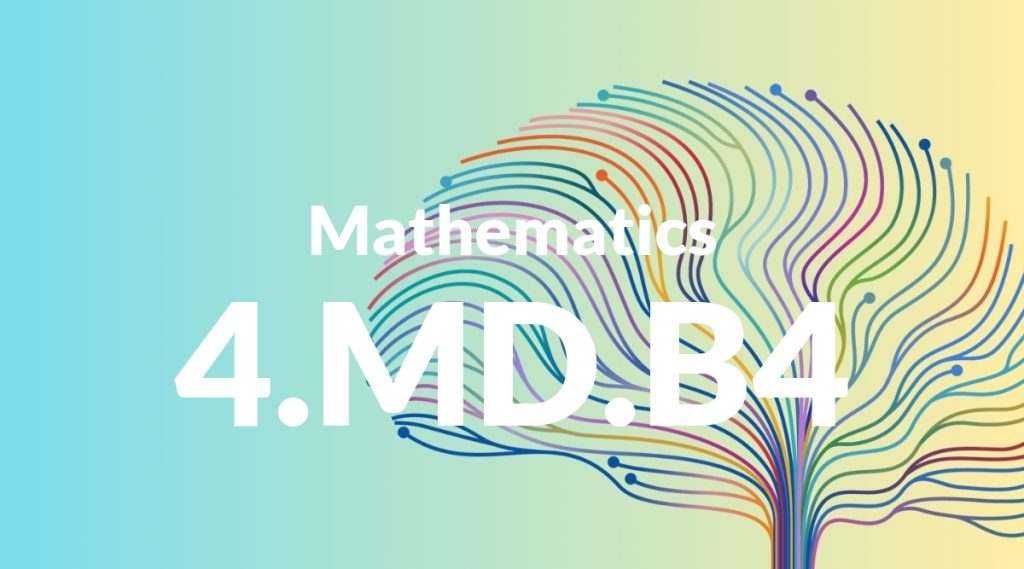Standard: 4.MD.B4 – Make a line plot to display a data set of measurements in fractions of a unit (1/2, 1/4, 1/8). Solve problems involving addition and subtraction of fractions by using information presented in line plots. For example, from a line plot find and interpret the difference in length between the longest and shortest specimens in an insect collection.
Grade level: Grade 4
Subject: Mathematics
Domain: Measurement & Data
Teacher Overview
This standard focuses on helping students understand how to represent and interpret data using line plots with fractional measurements. It is critical for developing their ability to analyze and solve problems involving fractions and data representation, which are foundational skills in mathematics. Students should be comfortable with basic fractions and simple graphing. They should know how to add and subtract fractions and have experience with creating basic plots or graphs.
After mastering this standard, students will be able to tackle more complex data analysis tasks, including interpreting larger data sets and understanding basic statistical concepts. They will also be better equipped to solve real-world problems involving fractions and data representation.
Common Misconception 1
Some students may believe that data points must be whole numbers, not realizing that fractions can be used to represent parts of a whole. This misconception can hinder their ability to accurately represent and interpret data.
Intervention 1
To address this, use visual aids such as fraction circles or bars to show how fractions fit into a whole. Provide examples of real-world data that naturally involve fractions.
Common Misconception 2
Another common misconception is misunderstanding how to add or subtract fractions when analyzing line plots. Students may struggle with the concept of common denominators.
Intervention 2
Provide guided practice with step-by-step instructions on finding common denominators and performing addition and subtraction of fractions. Use line plots as a context for these exercises to reinforce the connection.
Prerequisite Knowledge
Students should understand basic fractions, including how to add and subtract them. They should also be familiar with creating and interpreting simple graphs or plots.
Subsequent Knowledge
Students will develop skills in more complex data analysis, including interpreting larger data sets and understanding statistical concepts. They will also enhance their ability to solve real-world problems using fractions and data representation.
Instructional Activities
- Create a line plot using measurements from a classroom activity, such as measuring the lengths of different objects.
- Analyze a pre-made line plot and answer questions about the data, focusing on addition and subtraction of fractions.
- Conduct a survey among classmates, record the data in fractions, and display the results on a line plot.
- Use online tools or software to create digital line plots and manipulate the data to see different outcomes.
- Engage in group projects where students collect, record, and interpret data using line plots.




